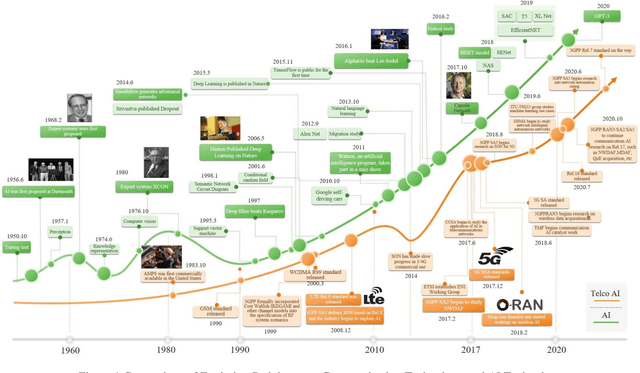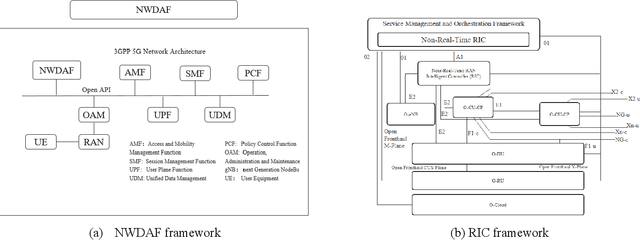Aidong Yang
AsiaInfo Technologies
Reinforcement Learning in Computing and Network Convergence Orchestration
Sep 22, 2022



Abstract:As computing power is becoming the core productivity of the digital economy era, the concept of Computing and Network Convergence (CNC), under which network and computing resources can be dynamically scheduled and allocated according to users' needs, has been proposed and attracted wide attention. Based on the tasks' properties, the network orchestration plane needs to flexibly deploy tasks to appropriate computing nodes and arrange paths to the computing nodes. This is a orchestration problem that involves resource scheduling and path arrangement. Since CNC is relatively new, in this paper, we review some researches and applications on CNC. Then, we design a CNC orchestration method using reinforcement learning (RL), which is the first attempt, that can flexibly allocate and schedule computing resources and network resources. Which aims at high profit and low latency. Meanwhile, we use multi-factors to determine the optimization objective so that the orchestration strategy is optimized in terms of total performance from different aspects, such as cost, profit, latency and system overload in our experiment. The experiments shows that the proposed RL-based method can achieve higher profit and lower latency than the greedy method, random selection and balanced-resource method. We demonstrate RL is suitable for CNC orchestration. This paper enlightens the RL application on CNC orchestration.
The Next Decade of Telecommunications Artificial Intelligence
Feb 22, 2021



Abstract:It has been an exciting journey since the mobile communications and artificial intelligence were conceived 37 years and 64 years ago. While both fields evolved independently and profoundly changed communications and computing industries, the rapid convergence of 5G and deep learning is beginning to significantly transform the core communication infrastructure, network management and vertical applications. The paper first outlines the individual roadmaps of mobile communications and artificial intelligence in the early stage, with a concentration to review the era from 3G to 5G when AI and mobile communications started to converge. With regard to telecommunications artificial intelligence, the paper further introduces in detail the progress of artificial intelligence in the ecosystem of mobile communications. The paper then summarizes the classifications of AI in telecom ecosystems along with its evolution paths specified by various international telecommunications standardization bodies. Towards the next decade, the paper forecasts the prospective roadmap of telecommunications artificial intelligence. In line with 3GPP and ITU-R timeline of 5G & 6G, the paper further explores the network intelligence following 3GPP and ORAN routes respectively, experience and intention driven network management and operation, network AI signalling system, intelligent middle-office based BSS, intelligent customer experience management and policy control driven by BSS and OSS convergence, evolution from SLA to ELA, and intelligent private network for verticals. The paper is concluded with the vision that AI will reshape the future B5G or 6G landscape and we need pivot our R&D, standardizations, and ecosystem to fully take the unprecedented opportunities.
 Add to Chrome
Add to Chrome Add to Firefox
Add to Firefox Add to Edge
Add to Edge